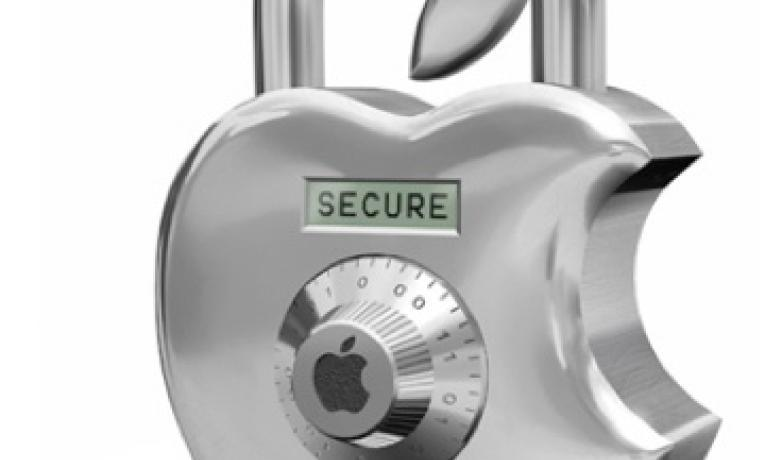Everybody wants their data secured. You wouldn’t want to lose your files or even make it easy for hackers to tamper with your sensitive data on your Mac. Although Macs are much more secure than Windows, it doesn’t mean that Macs are completely invulnerable. The extra security that you get with a Mac means that you should make the most of it to keep your private data safe.
Fortunately, there are simple ways by which you can protect your Mac data from nosey friends, family or even prevent it from accidentally deleting them forever.
Here, take a look at some of the simplest ways to keep your Mac data protected.
Back up your data
Regularly back up your Mac data so that even if you accidentally delete something, the files can be recovered easily.
The easiest way to back up data on your Mac is to set up Time Machine. This is going to automatically back up all the data that is available on your computer. See how to set up time machine on Mac.
Besides Time Machine, you also have several other backup options like, burning DVDs or CDs and copying files into an external drive.
Don’t delay installing software updates
Macs are already set up to automatically detect software updates. Whenever there is a new update available, your Mac will send you an alert and provide you with a list of updates that you can download and install. Promptly download and install these updates to avoid viruses and other problems that can impact the safety of sensitive data on your Mac.
Typically, software updates contain the latest security software that is geared towards making your Mac more secure.
Check if you have any updates available by visiting the Apple Menu > System Preferences > clicking on Software Update. To install the updates, you have to click on Update Now.
Where the installation of the latest software updates are concerned, you can either manually check and install them or set up your Mac to automatically install them so that you don’t have to worry about them.
To automatically install macOS updates, go to the Apple Menu > System Preferences > Software Update and select “Automatically keep my Mac up to date”.
Password-protect your login details
If your Mac only has one user, you might be thinking that there’s no need to password-protect your computer. But, you’re wrong.
When you leave your main account without a password, it means that anybody can access your Mac and grab your data. Safeguard your data by opening System Preferences > Users & Groups > find your username to the left of the screen and click on Change Password.
Once you’ve changed the password, click on Login Options and turn off automatic logins. Then, go back to System Preferences > click Security & Privacy > click General tab. Check the box next to Require Password and from the dropdown menu, select Immediately.
After this, you can create a guest user account for times when a friend or a family member borrows your Mac.

Limit unwanted access to your data
Does your Mac have multiple users? If so, there are a few built-in features that you can use to keep your Mac data safe. For instance, when multiple people use your Mac, you can set up a user account for each person. This way, one person won’t be able to modify the files needed by another. You can allow occasional users to log in as guests where they won’t be able to access other’s files or even access settings. You can even create groups. But, remember that you have to make yourself the administrator to perform these tasks. See how to set up users, groups, and guests on your Mac.
Don’t install applications from anywhere
Unlike iOS, Macs allow you to download and install applications from everywhere. But, this doesn’t mean that you should or that it is a good idea. While the apps that are available in the Mac Apple Store have gone through reviews by Apple to make sure that they’re safe, the same cannot be said regarding the apps available on the Internet.
To limit apps from outside of the Mac App Store, you have to open System Preferences > click on Security & Privacy > select the General tab > click the padlock to enter your password (if any). Then, you’ll find a section called ‘Allow Apps Downloaded From’ at the bottom of the window. You have to select ‘App Store and identified developers’.
This will prevent you from downloading apps from suspicious sources that can potentially harm your Mac’s security and sensitive data. However, if you still need to, you can download it from other sources. You just have to go back to System Preferences and disable the feature.
Adhere to the above-mentioned data security tips and don’t fall victim to the next big security threat to your Mac.

